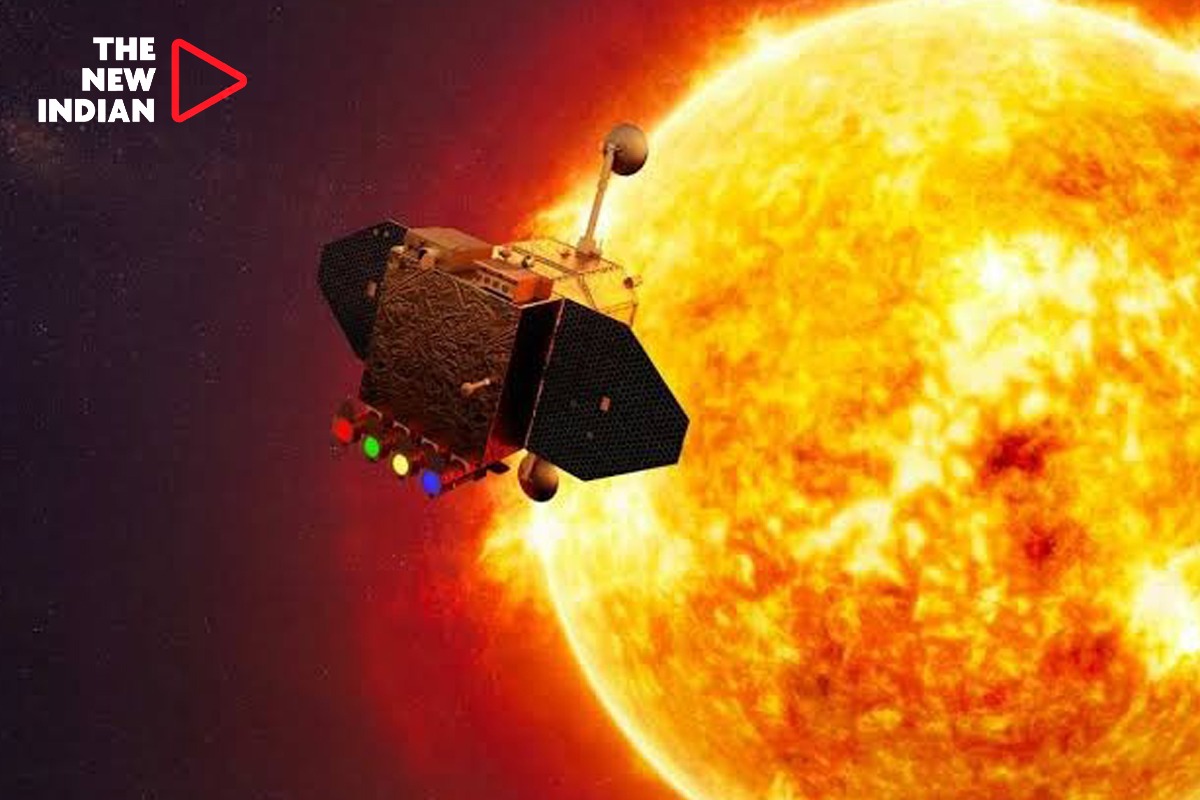NEW DELHI: As Chandrayaan-3 etched history on the lunar canvas, ISRO’s symphony of exploration continues. In the wake of Chandrayaan-3’s historic lunar landing, the chairman of the Indian Space Research Organisation (ISRO), S Somanath, announced a significant upcoming mission. On September 2, ISRO is set to launch the Aditya-L1 mission, marking India’s ambitious step toward solar exploration.
The first of its kind mission is dedicated to studying the Sun, a celestial body that has captivated scientists and space enthusiasts for centuries.
S Somanath, addressing the media minutes after Chandrayaan-3’s triumphant landing, said,” The PM congratulated all of us and said that he would like to personally come down and congratulate each one of us. The Aditya L-1 mission, ISRO’s next endeavour, is already in advanced stages of preparation at Sriharikota.
READ MORE: World leaders congratulate India for lunar leap
PSLV-C57/Aditya-L1 Mission:
Aditya-L1, the first space-based Indian observatory to study the Sun ☀️, is getting ready for the launch.
The satellite realised at the U R Rao Satellite Centre (URSC), Bengaluru has arrived at SDSC-SHAR, Sriharikota.
More pics… pic.twitter.com/JSJiOBSHp1
— ISRO (@isro) August 14, 2023
The spacecraft is scheduled for launch during the first week of October. It will be positioned in a halo orbit encircling the Sun-Earth Lagrange point 1 (L1), situated approximately 1.5 million km away from Earth. This strategic orbit offers an exceptional vantage, enabling uninterrupted solar observation devoid of eclipses or occultation. Consequently, real-time monitoring of solar activities and their impact on space weather becomes feasible. The mission incorporates seven payloads, encompassing electromagnetic, particle, and magnetic field sensors. These instruments will facilitate the scrutiny of the Sun’s photosphere, chromosphere, and corona, advancing our comprehension of solar dynamics.
READ MORE: ‘We owe feeling of collective pride for Chandrayaan-3 to PM Modi’
The Aditya-L1 mission will be ISRO’s second space-based astronomy endeavour, following the successful launch of AstroSat in 2015. Initially designated as Aditya 1, the mission was later renamed Aditya-L1. Its primary focus is to observe the solar corona, the Sun’s outermost layer.
Equipped with a cutting-edge Visible Emission Line Coronagraph (VELC), the spacecraft will perform imaging and spectroscopy of the Sun. This advanced tool will empower scientists with a deeper understanding of the intricate processes driving the star’s behaviour.

